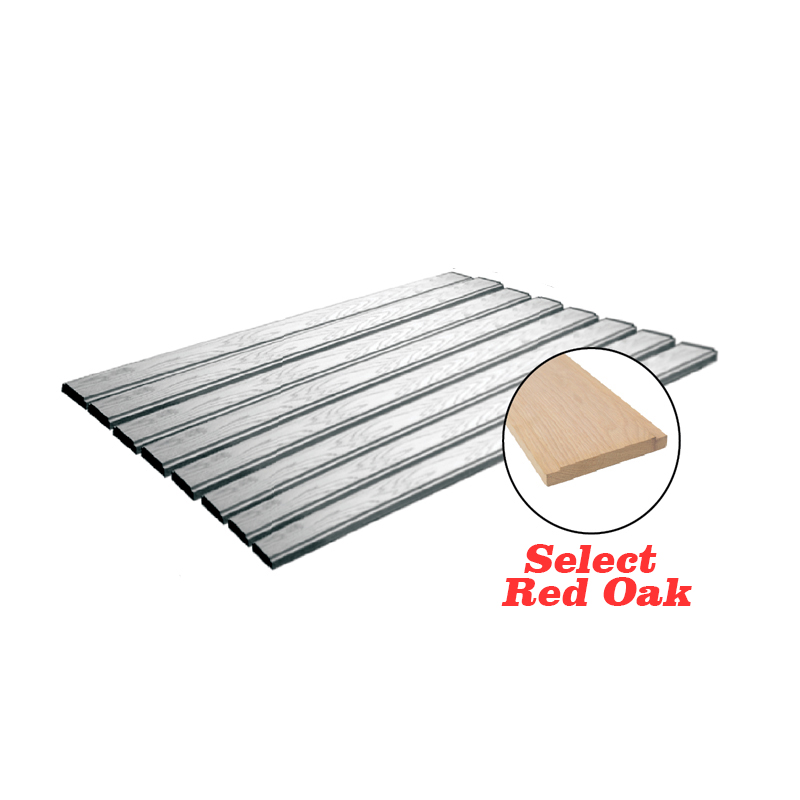

The only odd part about the SCP network setup is the Flash EEPROM Programming Signal (FEPS), which is pin 13 on the OBD-II port. The reason so many newer programming tools struggle with this system is because they’re too fast for the Pre-CAN system to handle. Ford made the switch to CAN from 2003 to 2007. Naturally, programming pre-CAN Ford keys or modules was hampered by computer and internet speed. To put the system’s slowness in perspective, dial-up internet speed was 56 kbps. However, the data rate was just 41.6 kilobits per second (kbps). If one leg of the network were broken, the network would continue to communicate. It was a two-wire network that allowed serial communication to the modules. This network was well-designed and ahead of anything else at the time. This network is known as J1850PWM in the SAE world. The tool worked well on the Standard Corporate Protocol (SCP) network. Many seasoned locksmiths got one of these, because it was the only machine for a long time to perform passive anti-theft systems (PATS) functions. It used the same PCMIA cards (software memory cards) as the Tech2. The giant capital-T-shaped tool is unmistakable. This tool started as an OBD-I tool and advanced to OBD-II. If the vehicle has CAN, communication will take place on pins 6 and 14.įord’s first original-equipment tool was the New Generation Star (NGS). The only common network across all vehicles is pins 6 and 14, referred to as the Control Area Network or CAN. Pin 4 is always a ground to the chassis, and pin 5 is a signal ground. This is direct from the battery, with only a fuse protecting the circuit.

These are known as the SAE standards, for SAE International.


Depending on the year and other factors, they might not have all the applicable networks.Īlthough each vehicle manufacturer has the right to make the OBD port as it sees fit, some requirements are standard. (See the accompanying diagram.) Not all Fords have all 16 slots filled. The changes were subtle at first but have evolved in complexity and sophistication, so much that, in my opinion, Ford’s networks now surpass those of other domestic and Asian manufacturers and come just short of the those designed by European automakers.īefore jumping into tools and protocols, by which vehicle modules communicate either with other modules or with scan tools, I want to discuss the onboard diagnostics (OBD) port, now known as OBD-II, and what some of the 16 slots control. The changes in programming with regard to Chrysler vehicles are well-known.


 0 kommentar(er)
0 kommentar(er)
